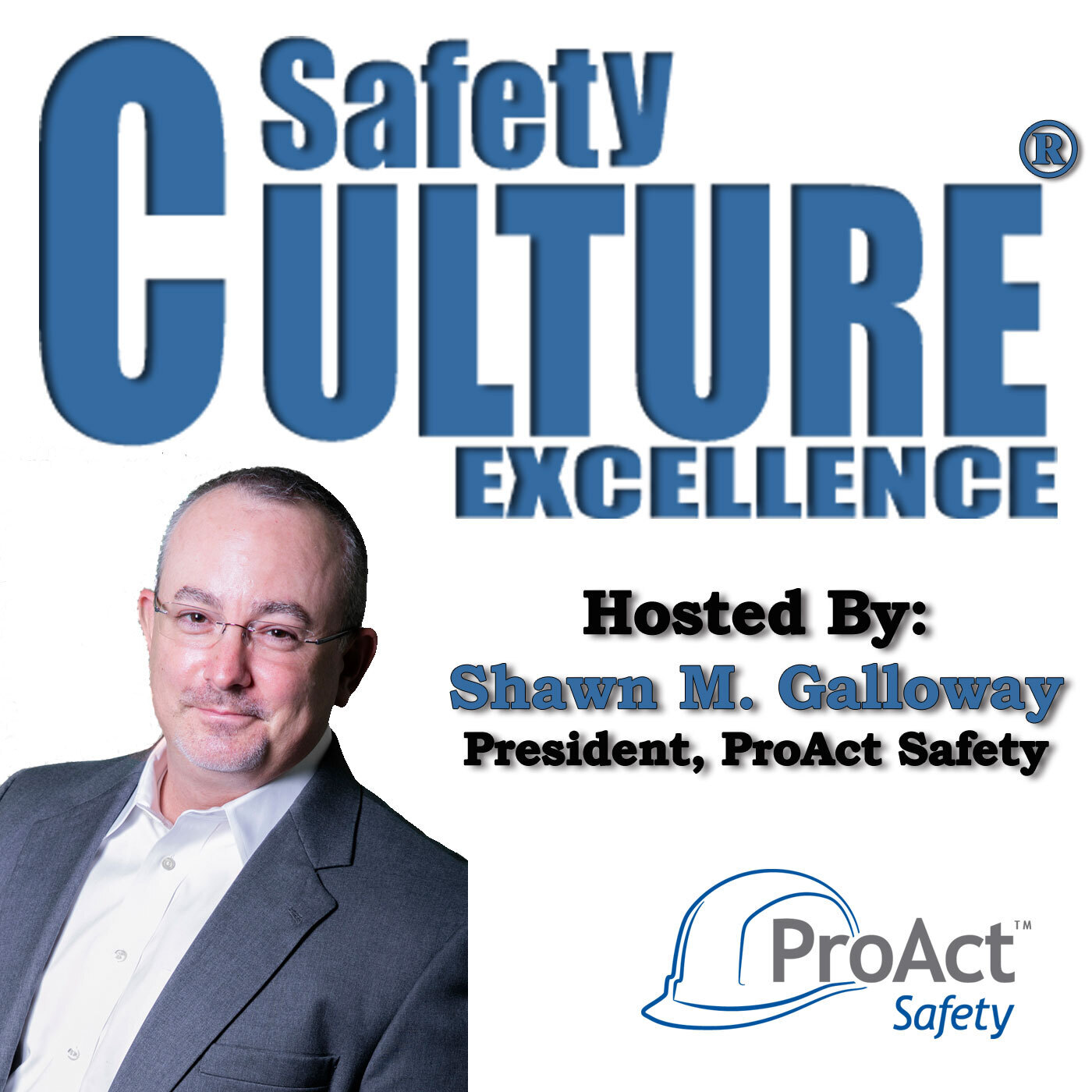Episodes

Monday May 01, 2017
489: Special vs Common Causation
Monday May 01, 2017
Monday May 01, 2017


Monday Feb 20, 2017
479: Culture is the Cop-Out Culprit
Monday Feb 20, 2017
Monday Feb 20, 2017


Monday Jan 16, 2017
474: Safety’s “Usual Suspects”
Monday Jan 16, 2017
Monday Jan 16, 2017


Monday Dec 05, 2016
468: Do Your Accidents Have Special or Common Cause
Monday Dec 05, 2016
Monday Dec 05, 2016


Monday Oct 03, 2016
459: Frequency and Severity Two Aspects of Accidents
Monday Oct 03, 2016
Monday Oct 03, 2016


Monday Sep 19, 2016
457: Misunderstanding Hazards and Risks
Monday Sep 19, 2016
Monday Sep 19, 2016


Monday Jun 06, 2016
443: Unsafe At-Risk Safe Behaviors Know the Difference
Monday Jun 06, 2016
Monday Jun 06, 2016


Monday Apr 04, 2016
434: VIDEO - Transformational Pareto Analysis
Monday Apr 04, 2016
Monday Apr 04, 2016


Wednesday May 20, 2015
De-mystifying Safety
Wednesday May 20, 2015
Wednesday May 20, 2015
It is amazing how many workers view safety as a form of Voodoo. They know they can do a job hundreds of times accident-free, then suddenly get injured. What is the difference, and how can you prevent such random events?
To begin de-mystifying safety, you must first define it. Safety has three parts: 1. Identifying and recognizing risks, 2. Addressing risks through conditional changes or behavioral precautions, and 3. Developing consistency in risk control. In short, workers have to know what can hurt them, know how to keep these things from hurting them, and consistently do those things.
Internalizing such a definition tends to take the mysticism out of safety. Each time an accident happens, workers analyze which of the three steps didn’t happen, and understand the causation of accidents. There is no Voodoo, only cause-and-effect.
-Terry L. Mathis
For more insights, visit
www.ProActSafety.com
Terry L. Mathis is the founder and CEO of ProAct Safety, an international safety and performance excellence firm. He is known for his dynamic presentations in the fields of behavioral and cultural safety, leadership, and operational performance, and is a regular speaker at ASSE, NSC, and numerous company and industry conferences. EHS Today listed Terry as a Safety Guru in ‘The 50 People Who Most Influenced EHS three consecutive times. He has been a frequent contributor to industry magazines for over 15 years and is the coauthor of STEPS to Safety Culture Excellence (2013, WILEY).


Wednesday Apr 01, 2015
Probability: Group Experience
Wednesday Apr 01, 2015
Wednesday Apr 01, 2015
A worker using the wrong tool for a job injures his hand. Another worker has used the same wrong tool numerous times with no injury. One worker retires having used this tool his whole career with no injury and another retiree has had three injuries related to using that tool. Each experience is different, and thus, each perception of the risk is different. Some think the practice is dangerous and some think it is not. Who is right and who is wrong?
We express a range of experience mathematically by calculating probability. With enough data points we can establish a pattern to this risk that may not be obvious to anyone who is a data point, but is accurately describing the experience of the large group. Sharing the findings of a probability study can actually change and norm the perceptions formed by differing experiences within the group. This new perception can more accurately describe the risk and encourage taking precautions against the risk even among those whose experience hasn’t detected the possibility of accidental injury. Perceptions, if not thus managed, will vary by experience. Managing the accuracy of perceptions is a powerful tool for improving safety performance that many organizations have not utilized.
-Terry L. Mathis
For more insights, visit
www.ProActSafety.com
Terry L. Mathis is the founder and CEO of ProAct Safety, an international safety and performance excellence firm. He is known for his dynamic presentations in the fields of behavioral and cultural safety, leadership, and operational performance, and is a regular speaker at ASSE, NSC, and numerous company and industry conferences. EHS Today listed Terry as a Safety Guru in ‘The 50 People Who Most Influenced EHS three consecutive times. He has been a frequent contributor to industry magazines for over 15 years and is the coauthor of STEPS to Safety Culture Excellence (2013, WILEY).


